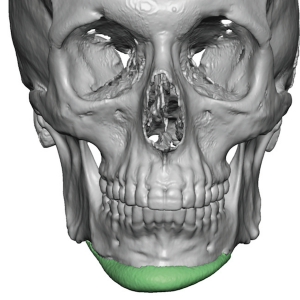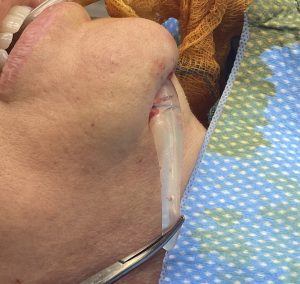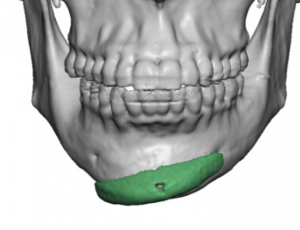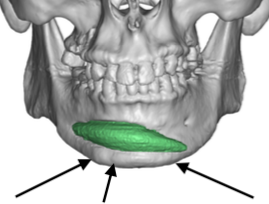



Besides aesthetic issues (asymmetry, lack of adequate projection) that occur with this superior displacement of part or all of the chin implant, this forces its wings up against, into or even above the mental nerve at its exit from the bone. This is the most common cause of persistent numbness or pain after chin implant surgery.
An integral part of any chin implant placement is adequate soft tissue release which defines the subperiosteal pocket. Part of this soft tissue release is that of the osteocutaneous ligaments. One release can cause the implant to be sitting too low so this is also part of the dissection in which to be vigilant. But far more commonly is their under release and high riding implants on the bone.
Dr. Barry Eppley
Indianapolis, Indiana





